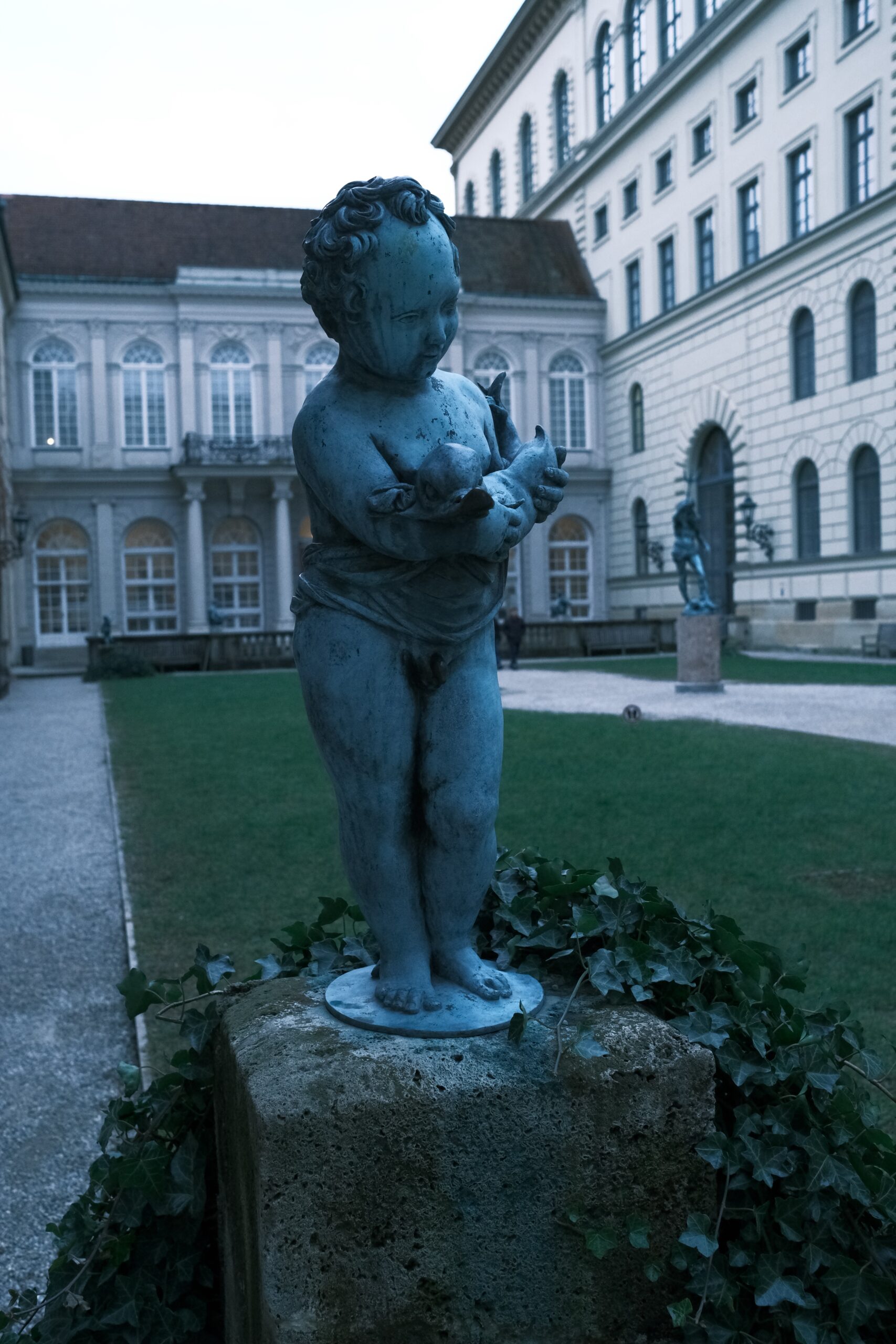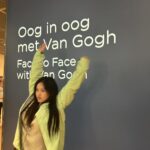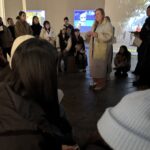Understanding Curating in the Age of Broken Globalization
This week marked the beginning of our curatorial journey, exploring the foundational principles of curating within the broader context of broken globalisation. The seminar and class discussions provided a dynamic platform to untangle curatorial practice, consider its relationship with interconnected socio-political challenges, and examine its evolution into a field that blends artistic, social, and environmental narratives.
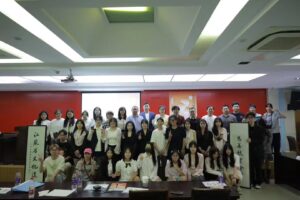
Curatorial Practice in Action
Looking back on my experience of organizing and hosting a charity art auction on June 15, 2023 at Nanjing University of Communication and Communication, I have gained a deeper understanding of curatorial practice in the context of broken globalization. A total of 69 commissioned works, mainly from the school’s teachers and students, were displayed in the auction, which was divided into two categories: free donations and paid commissions. The turnover rate reached 95%, with a total turnover of 14,725 yuan (about £1,626.5).
This experience made me deeply understand the importance of adaptability and effective communication. With limited time, the tasks of coordinating people, pushing progress, raising funds, organizing publicity, and finding art require curators to strike a balance between flexibility and focus. This is consistent with the role of curators as they navigate complex networks and power structures in a fragmented global environment.
Reflecting on Curating
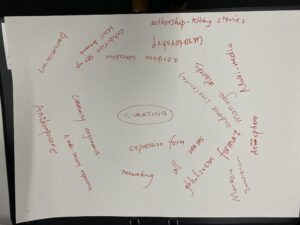
These keywords provoke essential questions: how can curators embrace collaboration across disciplines while remaining aware of unequal power structures in a fractured globalized world?
Curating and “Broken Globalization”
Julie Louise Bacon’s introduction to “curating in a time of broken globalization” challenged us to consider:
- How curatorship is impacted by fractures in global systems (economic, environmental, political).
- The ethical implications of representation and inclusion in exhibitions.
My takeaway: curating must act as both a critical lens and a reparative practice, acknowledging inequities and fostering dialogue within local and global constellations.
Fieldwork and Key Ideas
Connecting Seminar Readings and Class Themes:
Mentioned in the class discussion, Ronald Kolb and Dorothee Richter (2019) point out that “the center-edge model obscures the complex constellations that make up the art world today.” Reflecting on this phrase, curation becomes a method of dismantling hierarchies, allowing marginalized voices to reshape narratives. Moreover, Ana Bilbao Yarto’s exploration of SVAOs highlights the potential of grassroots platforms: smaller platforms are often more successful than biennials in creating meaningful local engagement. These sentiments echo my experience in organizing grassroots art events where a focus on localized engagement has led to more meaningful interactions with the audience.
Visual notes and inspiration
Reflecting on my recent exhibition preparations, I’ve come to see the curator’s role as akin to a translator. Artists seek pure expression, sponsors desire brand visibility, and audiences yearn for impactful works. Harmonizing these differing expectations requires tuning them to a common frequency.
For instance, in a past collaboration with young artists, they proposed covering the showroom floor with broken glass to symbolize consumerism. The sponsor, concerned about aesthetics and safety, suggested a more photogenic material. We compromised by using special acrylic to mimic the glass texture, preserving the artistic intent while addressing practical concerns.
This balancing act is a daily part of curatorial practice. Modern curators navigate between capital, artistic ideals, and public acceptability, serving as ambassadors of intercultural communication. Occasional missteps are inevitable, but each provides an opportunity to refine our approach.
This week reinforced that curating is a fluid practice—a blend of theory, lived experience, art, politics, and audience engagement. Moving forward, I plan to delve deeper into this concept as I develop my personal curatorial projects.
Bilbao Yarto, Ana Edurne. “Micro-Curating:The Role of SVAOs (Small Visual Arts Organisations) in the History of Exhibition-Making.” (2018): n. pag. Print.
Thea, Carolee, and Thomas Micchelli. On Curating : Interviews with Ten International Curators. First edition. New York, N.Y: D.A.P./Distributed Art Publishers, 2009. Print.
